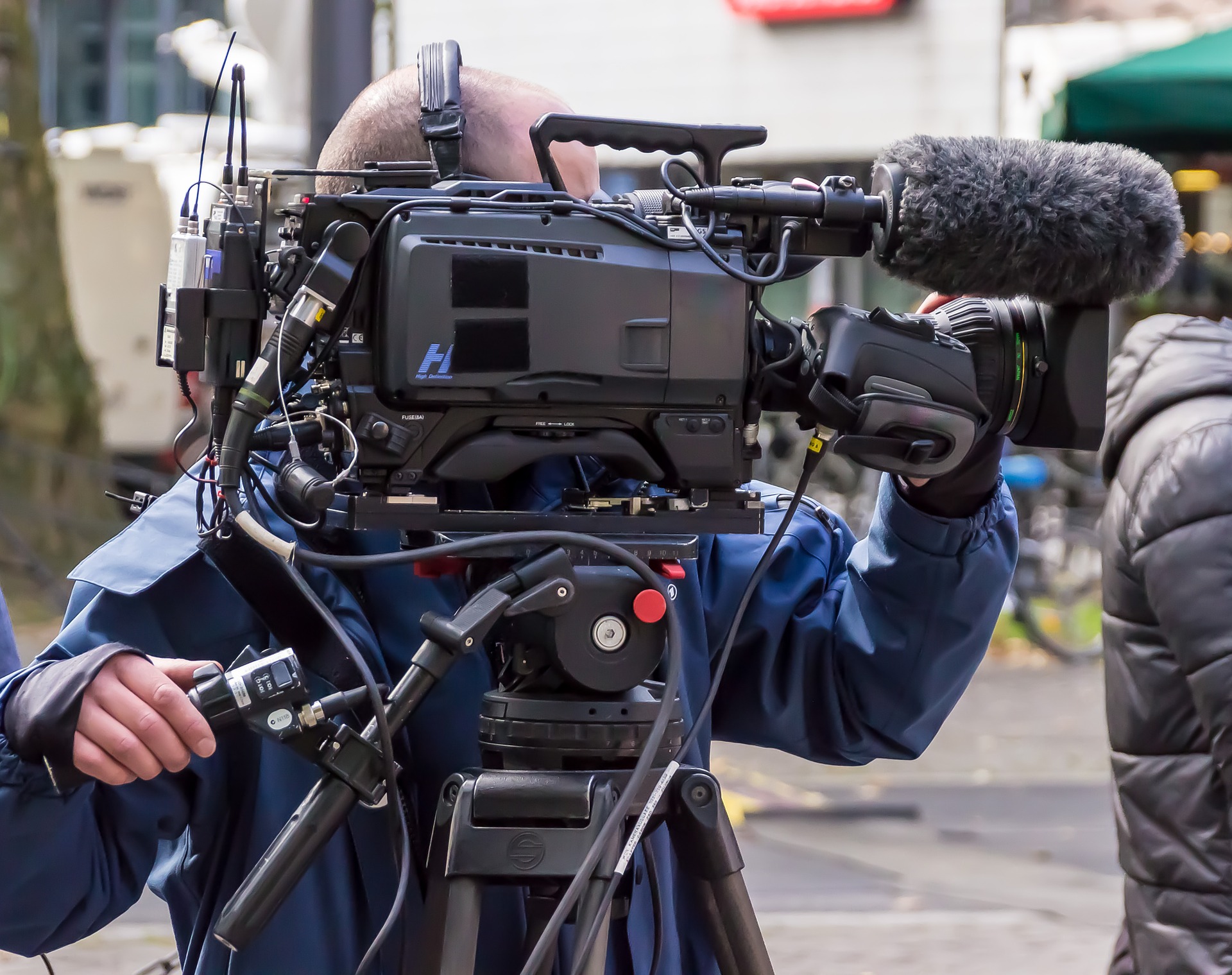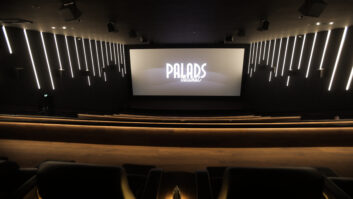
Filming in public spaces can add a lease of life and authenticity to your videos, that just can’t be imitated in a studio, whether you’re making a short film or a TV advertisement. It also gives you the chance to film B-rolls that you can reuse across other channels in conjunction with your main production.
Of course, public places do not afford you the kind of control that you may be used to in a studio. Do it wrong and you might earn the ire of passers-by. In worst case scenarios though, you can end up with a hefty fine or even get arrested.
To save you from these mishaps when taking to the streets, here’s a handy guide from Bristol and London based Aspect Film & Video’s Evelyn Timson.
1. Stay GDPR Compliant
Since it took effect in May 25, the General Data Protection Regulation (GDPR) gave EU residents more control over their personal data. This includes being in part of someone else’s film, whether to their knowledge or not.
Just so you won’t hit any legal snags, here are some things to make sure you stay GDPR compliant:
- Come up with a clearly-worded contract or release form for all staff members, interviewees, actors and extras, saying that they agree to being filmed and for what purpose.
- Get written permission from any member of the general public that will be identifiable in your videos.
- Ask for a written permission from parents if you need to film a child/children.
- Put up unavoidable and clear signage around the location before you start filming. This way, people will be aware and choose to not walk near you. This also act as a handy workaround, as getting consent forms from every person that walks past the camera is nigh on impossible.
- Where possible, make it a close-up shot so you won’t film anyone in the background.
- Blur individuals’ faces during editing.
- Remove or de-identify anyone who requests to do so.
Do know that Section 32 of the Data Protection Act allows for those in the media and art/academia to film in public, provided that it’s brief and that there are no individuals caught in a private activity.
2. Plan your shoot
Some movies have gotten away with shooting guerrilla-style (e.g. Black Swan, The French Connections), but this may not be the case for you. It would be easy for a small crew with a DSLR and very minimal gear, but if you’re going to bring lights and boom mics, it’s best that you cover your bases:
- Choose the right area.
How do you want your videos to look? Do you want to stick with familiar landmarks or go to more obscure areas? When choosing an area, keep in mind your video’s goals/story, and pick a place that would best reflect that.
- Get permission.
This applies to both public areas (e.g. streets, parks) and private areas owned by businesses/individuals. If, for instance, you wanted to start filming in London, you will need to seek permission from one (or more) of its 32 boroughs. You should do the same with business establishments and private residences.
- Determine your shoot’s impact on local businesses and residents.
You wouldn’t want to disrupt the day-to-day lives of the public, so time your film shoots when it’s not peak traffic. Also, consult with local passenger transport operators as their services may be affected. The same goes for accessing local businesses and residential areas. If possible, inform the public of your filming schedule days ahead of time.
- Assess the road to be used
Look at the stretch of the road you’re going to use. Position your staff on side roads and driveways, so there won’t be any unexpected vehicles showing up. Also, look into the smoothness of the road and noise level as these might affect your shots.
3. Find a location
Zeroing in on the right location entails that you understand the risks and benefits of that area. Do you want to be at the top of a skyscraper, in the middle of the highway, in a busy airport?
Whichever area you choose, consider the gear that you need to bring, the size of your crew, the permits that you need to obtain, and how expensive it is to shoot in that location. Given the number of logistical requirements to take care of, you might want to think about working with a location manager who knows the area.
4. Manage the location on the day itself
Wherever you go, you would attract attention. People get curious when there’s a location shoot going on and might possibly crowd the area. To better manage your location:
- Alert local authorities, so they can provide assistance with traffic control, if need be, permissions and licenses.
- Print any permit that you have, so you can show it to any security personnel or police officer that might want to see it when you’re filming.
- Have clear communication lines with whoever is in charge of managing traffic, to avoid disrupting the shoot. Walkie talkies are perfect for this but make sure they cover the distances required.
- Use signs and place them strategically to divert traffic into alternate routes.
- Study safety regulations when shooting in high-traffic areas like wearing high-visibility waistcoats.
- Use proper lighting, especially during night-time filming.
5. Respect the people
Being respectful and understanding to members of the public, especially those whose day-to-day routine would be disrupted, will go a long way towards running a smoother filming process.
It’s natural for them to get curious and/or be sceptical. Answer their questions, engage, explain. When asked, you can tell them what you are working on (e.g. “We’re filming a few shots for a client that sells cars”) without divulging a lot of info on just who the client is or the finer points of the film’s narrative (which could get you in trouble in cases of NDAs).
Be Practical
The location is a powerful storytelling tool that can make or break the entire production. While it’s tempting to pick the fanciest location available, if your resources would not allow it, you need to make do with what you have.
Let your creativity lead the way. Just don’t forget to practice respect to the people you work with, be courteous with the locals, and don’t ruin the location.
About the Author: Evelyn Timson is the Managing Director of Bristol and London video production company, Aspect Film & Video. She has years of experience working with some of the world’s most recognisable brands like Samsung, Investec, Admiral Insurance, Adidas TaylorMade & Slimming World. You can connect with Aspect on Facebook or Twitter or see a selection of their award winning work on their YouTube Channel.







